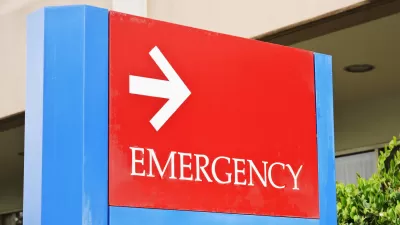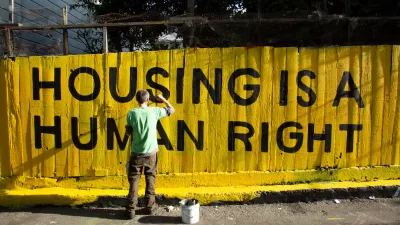Health care advice can often be given through video or teleconferencing, which saves a great deal of time and money, but most patients still aren't eager to do it.

More and more employers, hoping to offer attractive benefits and save money, now have telemedicine plans. These allow patients to consult a doctor over the phone or through a video conference without the expense or trouble of meeting the doctor in person. For common issues like strep throat, a patient might get a diagnosis, prescription, and start treatment much more quickly using telemedicine than going through the traditional face-to-face interaction. So why aren't teledocs more popular?
According to a Chicago Tribune article by Lisa Schencker, it's not because employers aren't interested. They can see the potential, "If it catches on broadly with consumers, telemedicine could change the face of health care, altering the relationship between doctors and patients seeking relief from common maladies." Perhaps, more importantly, they can see the potential savings. A healthier workforce is more productive and if employees use telemedicine, there are potential savings over in-person visits.
Schencker points out some of the reasons patients are being slow to adopt telemedice, "a lack of awareness, though, may not be the only obstacle for companies to overcome. Employees may wonder whether a doctor can accurately diagnose them without seeing them in person."
In the same way that telecommuting didn't live up to the hype, this seems to be another example of experts underestimating the importance of where we live and the persistence of our need for in-person services in medicine and all fields of human endeavor. Thomas Friedman's Flat World seems to be getting increasingly spikey.
FULL STORY: More employers are offering telemedicine, but why aren't workers using it?

Planetizen Federal Action Tracker
A weekly monitor of how Trump’s orders and actions are impacting planners and planning in America.

Map: Where Senate Republicans Want to Sell Your Public Lands
For public land advocates, the Senate Republicans’ proposal to sell millions of acres of public land in the West is “the biggest fight of their careers.”

Restaurant Patios Were a Pandemic Win — Why Were They so Hard to Keep?
Social distancing requirements and changes in travel patterns prompted cities to pilot new uses for street and sidewalk space. Then it got complicated.

DC Area County Eliminates Bus Fares
Montgomery County joins a growing trend of making transit free.

Platform Pilsner: Vancouver Transit Agency Releases... a Beer?
TransLink will receive a portion of every sale of the four-pack.

Toronto Weighs Cheaper Transit, Parking Hikes for Major Events
Special event rates would take effect during large festivals, sports games and concerts to ‘discourage driving, manage congestion and free up space for transit.”
Urban Design for Planners 1: Software Tools
This six-course series explores essential urban design concepts using open source software and equips planners with the tools they need to participate fully in the urban design process.
Planning for Universal Design
Learn the tools for implementing Universal Design in planning regulations.
Heyer Gruel & Associates PA
JM Goldson LLC
Custer County Colorado
City of Camden Redevelopment Agency
City of Astoria
Transportation Research & Education Center (TREC) at Portland State University
Camden Redevelopment Agency
City of Claremont
Municipality of Princeton (NJ)





























